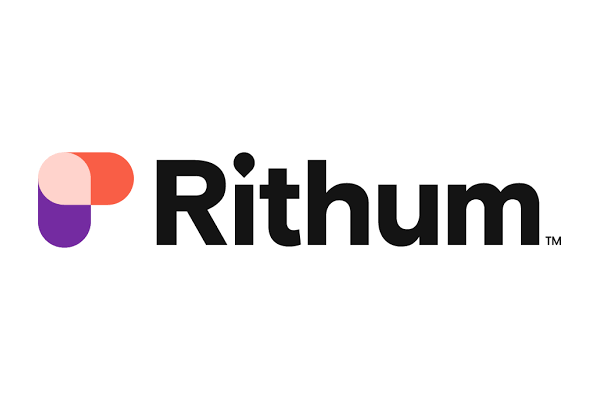Lauren Hérouard, Senior Marketplace Manager at ChannelAdvisor today looks at how to boost ecommerce revenues during a time of crisis. With the rapid spread of COVID in recent weeks, it looks very much like we will enter 2022 in much the same way as 2021, although perhaps with not quite as severe restrictions on our lifestyles.
How To Help Boost Ecommerce Revenues During A Time of Crisis
ChannelAdvisor has been on the front lines of ecommerce since 2001, helping brands and retailers to streamline sales, connect with customers, optimise operations and expand to new channels.
Continued supply chain issues in the second half of this year have left many brands with far less available stock to sell during peak than previous years. Low product availability has led many to prioritise strategic selling through retail distributors and their own sites, while marketplaces have, for some, been put on the back burner. However, the massive audience and analytics infrastructure of marketplaces make them valuable channels in or out of a crisis — and smart brands should be utilising these digital shopfronts to capture consumer interest.
Ensure Data is Accurate To Analyse Inventory
Marketplaces can provide useful testing grounds for brands, by using customisable platform functions, stock can be allocated depending on consumer demand. In the thick of peak season as demand for stock rockets you may find your most popular products and sizes running low so knowing your data is accurate is crucial. In the current climate, with the supply chain under severe pressure, brands will also need to watch stock supply more closely as we could expect these issues to rumble on into the New Year. Ensuring inventory is available to shoppers will keep consumers buying and help small brands navigate this difficult period until stock availability and shipping returns to some normality.
Assess Infrastructure
The days of unshakeable brand loyalty are largely over – recent ChannelAdvisor research found that 81% of UK shoppers will have no qualms about buying from a rival if their initial option is out of stock.
Product availability could continue to be a pressing concern as we head into 2022 and there are also ad hoc occasions that may limit stock, such as unexpectedly fast-selling product lines. We advise brands to use marketplace contingency tools to prepare for this, ensuring infrastructure is set up to automatically remove popular items as soon as there is an overselling risk. This will help retailers avoid out of stock messages on marketplaces and keep customers coming back to purchase their goods. Brands need to be smart about how they use these channels and with the right ecommerce partner, retailers can utilise data and online tools to take advantage.
Utilise Niche Products And Older Stock
It’s important to remember that many marketplaces enjoy far higher traffic than many own-brand websites and even some retailer channels. For this reason, we recommend that brands continue to list niche products on marketplaces when stock availability challenges occur. Instead of being reliant on hero products to drive revenue growth, by placing products that historically haven’t sold as well on the marketplaces that receive higher volumes of website traffic can help boost sales and drive revenue you otherwise may not have received.
Having a flexible inventory plan enables you to keep your most popular items on your own channel and also boost traffic to your less popular products on a marketplace.
Similarly, marketplaces offer a tremendous opportunity to sell older stock that would usually be sent to outlets at a heavy discount. Sites such as eBay or Secret Sales are a great revenue opportunity for excess, refurbished or Grade B products and items with minor defects — usually harder to sell on your own site or through retailers — now provide another stream of revenue. Not only can this drive higher sales and diversify your product options, it is also a great sustainability option and reduces waste in the long-term.
Performance Windows
Our final recommendation is to analyse your performance windows on a daily basis. By implementing an agile strategy, brands can move products from channel to channel depending on where they will perform best. We’re seeing innovative brands optimise their pricing strategies via our platform tools, allowing brands to change prices multiple times a day to support their inventory strategy.
Choose The Right Partner
Data and analytics has never been more important and having the right support is invaluable — fortunately there has never been a larger ecosystem of partners available. We’re seeing brands expand their ecommerce operations across digital marketing, shoppable media, marketplace and fulfilment partners, which can add complexity for sales and marketing teams. Having a holistic view of your operations is a great place to start and could prove crucial to the future success of many companies.









